In honor of Alien Day, our staff honors the iconic and enduring “Alien” franchise — celebrating its impact culturally, cinematically, and personally.
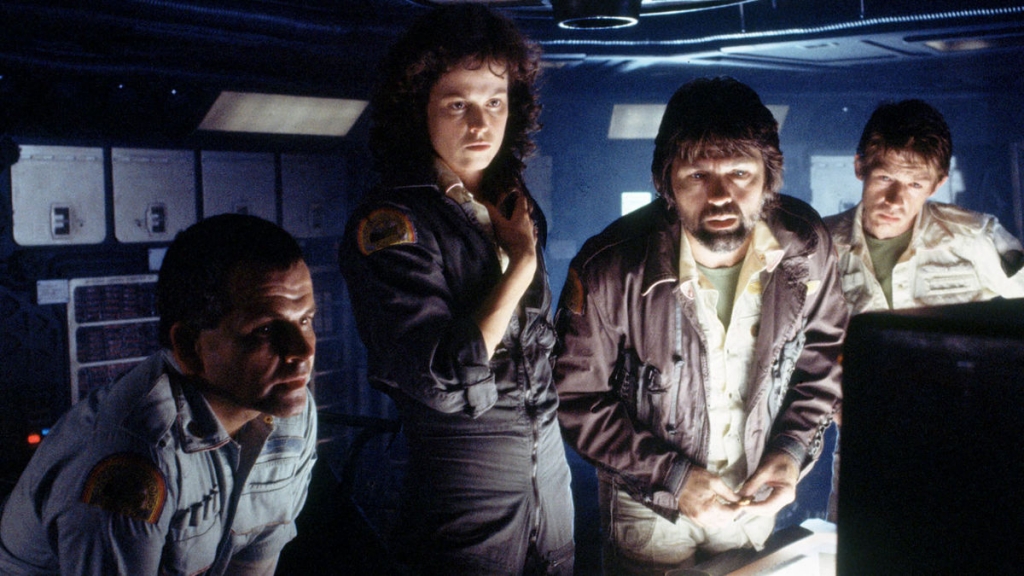
“We’re all one cough, one kiss, one scratch away from global disaster.” – Memory, The Origins of Alien
Intro by Stephanie Malone
When preparing for this group article celebrating the 40-year legacy of Alien, and the iconic franchise it has spawned, I watched two films. First, I revisited the seminal 1979 film — a welcome reminder that this timeless, cinematic masterpiece remains as shockingly brilliant, compelling, and terrifying as the day it was released. Second, I watched the 2019 documentary film Memory: The Origins of Alien directed and written by Alexandre O. Philippe, an insightful and eye-opening doc that deepened my love and appreciation for this perfect piece of celluloid.
Memory: The Origins of Alien explores the convergence of serendipity and unparalleled talent that took a comic book and Lovecraftian-inspired science fiction tale — once meant to become a Roger Corman production — and turned it into, as one commentator so aptly describes it, a film that “lives in our dreams, lives in our cultural conversation…one of the biggest cultural dreams we’ve ever had.”
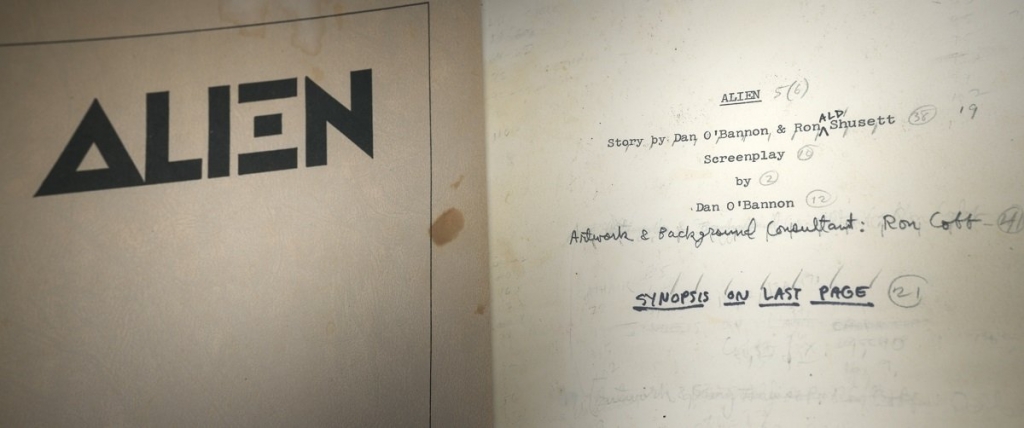
Alien writer Dan O’Bannon drew upon his experience as a boy who grew up in the Midwest, without a telephone or television, reading comics and trying to make sense of the world. He pulled inspiration from a variety of sources, including his own fear of insects and his battle with the intestinal disorder Chron’s disease (the disease that sadly ended his life), which sometimes felt like it was devouring him from the inside.
O’Bannon fell in love with the work of a talented Swiss artist and mystic named H.R. Giger, a pioneer at envisioning creatures beyond human imagination. He knew instantly that Giger was the perfect person to bring his dark, beautiful vision to the screen. Unfortunately, the studio hated Giger’s art and refused to hire him. But fate intervened when then-director/producer Walter Hill moved on and hired visionary filmmaker Ridley Scott to replace him.
O’Bannon and Ridley were perfectly in sync from day one.
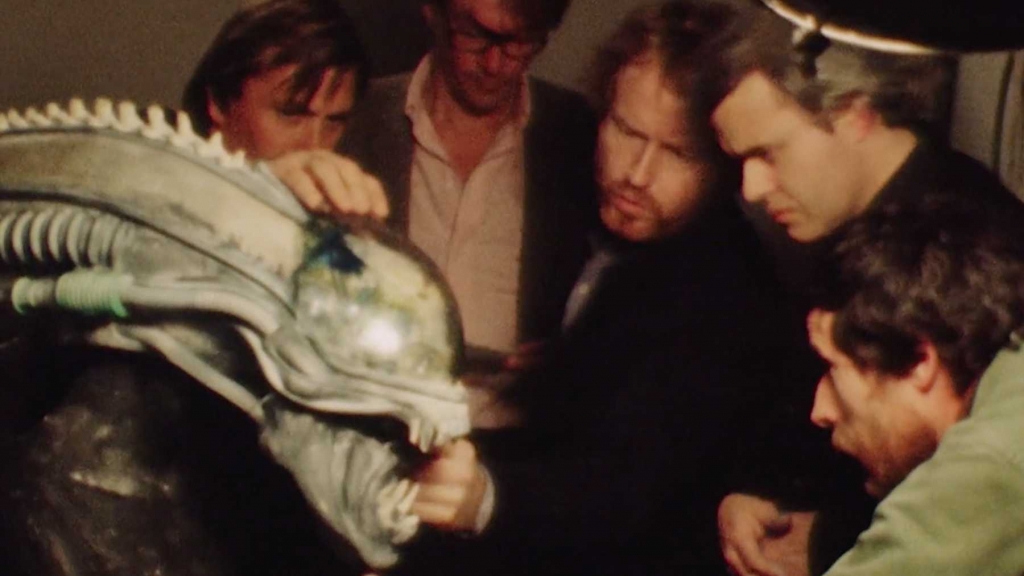
And when O’Bannon showed Ridley Scott Giger’s art, the director fell in love. There were many battles between Ridley and the studio regarding the art direction for the film, but Ridley convinced the studio to use Giger, explaining that his art — which Giger created while in a dreamlike trance — was “beautiful, not just threatening.” Of course, this ended up being a pivotal decision, as the mind-blowing imagery is what places Alien in a class all its own.
When the film was complete, the studio was very concerned that it was a full 45 minutes in before “anything happens”. But, as the documentary explains, therein lies its strength — its courage to hold back before really giving it to the audience. Of course, when the inevitable chaos ensues, we are treated to some of the most memorable, terrifying and significant moments in film history.
The trio of Dan O’Bannon, Ridley Scott, and H.R. Giger was a gift from the cinematic gods. Together, they created a universe that is extraordinary, haunting, and unforgettable. Do yourself a favor and see Memory: The Origins of Alien, then rediscover the unmistakable genius of Alien.
…
PART ONE: THE FILMS
In part one of our Alien Day celebration, the Morbidly Beautiful staff discusses their love for the six films of the Alien franchise, what each of these films has meant to them personally, as well as how their appreciation of them has evolved over the years.
ALIEN (1979, DIR. RIDLEY SCOTT)
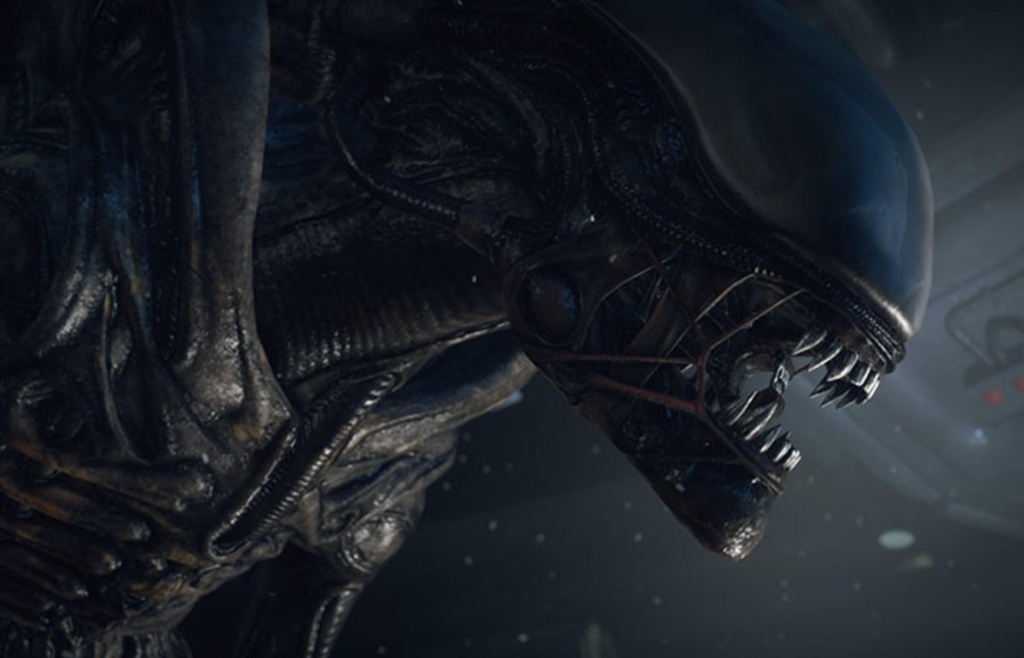
A tribute by Danni Winn
Since 2016, April 26th has come to commemorate one of the most iconic additions to motion picture history: Alien. The origin of Alien Day, which is derived from the moon landed upon in Aliens (LV-426), directed by James Cameron, demonstrates the significant impact this entire franchise has had upon cinema and moviegoers all over the globe for over forty years.
One of the main contributors to the success of these films, though, was the design of the Alien itself. The ability to terrify audiences hinged on this otherworldly creature and almost serendipitously, writer Dan O’Bannon handed director Ridley Scott a book of collected artworks entitled Necronomicon by a Swiss artist known for his otherworldly creations. That artist was H.R. Giger.
In the documentary for Alien, Scott admitted that he nearly fell out of his chair once he looked over the artist’s work. He absolutely knew for certain H.R. Giger was the man he needed to create the now-famous Xenomorph.
A surrealist in every sense of the word, Giger, lovingly lived and breathed the darker side of human artistic expression.

Using airbrush techniques along with pastels, markers and ink, he fascinated and frightened many with his work, which he referred to as Biomechanical — a style focused on an uncommon, utterly unique fusing of machines and humans.
There will never be another artist like Giger. He was an iconoclast, a supremely original individual with a striking artistic voice. This innate ability to bring such depth and vision to what some would consider nightmarish was exactly what helped propel the ALIEN franchise.
In May of 1979, lines formed around blocks to experience this ambitious blending of horror and science fiction during its limited theatrical release.
Alien is a rare example of the stars aligning in a way that what we’re left with is nothing short of perfection.
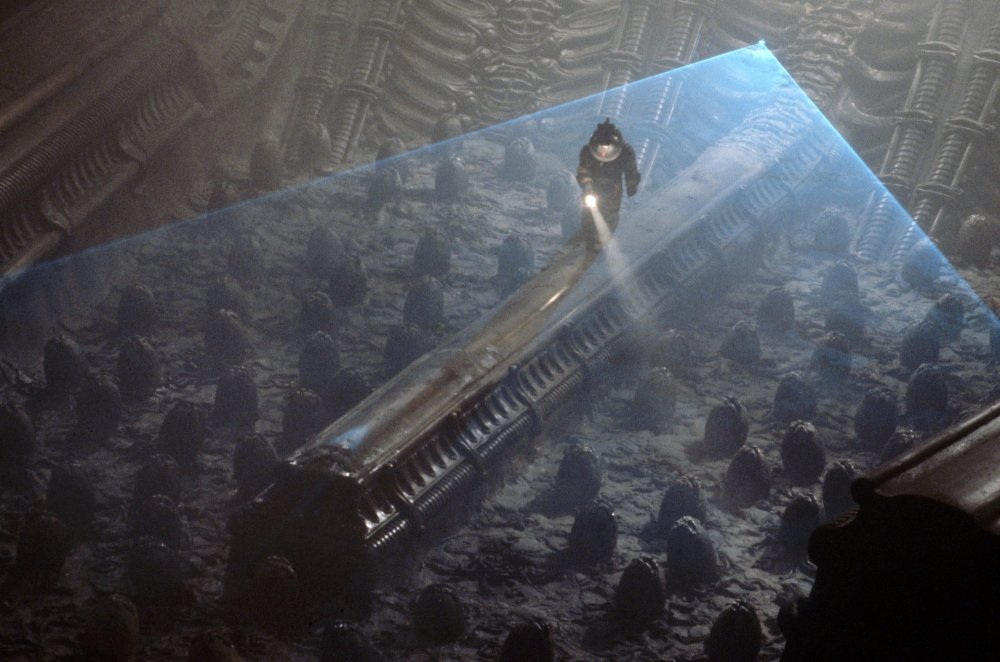
Superior direction, editing, writing, design work, and actors who were beyond gifted at their craft gave birth to a startling vision, a beacon that shines just as bright all these decades later.
I watched Alien early in life. I watched it over and over, enough times where my grandfather became slightly concerned. But I was entranced. I didn’t know movies could be like that. It implanted in my subconscious, and I remain its willing host.
In Spain, the film was renamed Alien: The Eighth Passenger. But the ninth person along for the doomed voyage, the viewer, was left just as deeply affected and permanently altered as the crew of the Nostromo. And H.R. Giger, a once rather obscure and ridiculed artist from Switzerland, provided the catalyst for not only some monumental moviemaking but a truly timeless movie monster.
ALIENS (1986, JAMES CAMERON) – SPECIAL EDITION
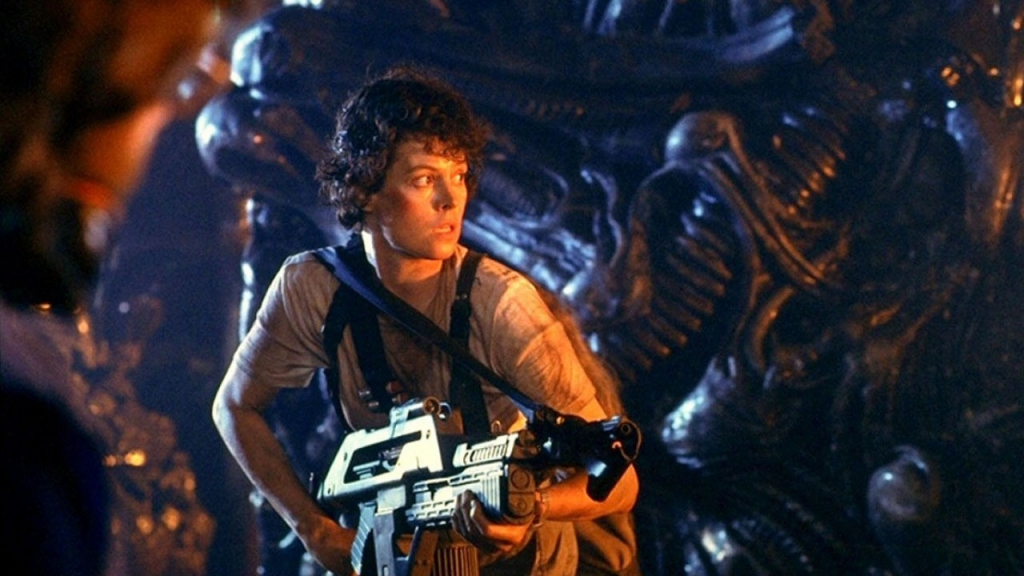
A tribute by Matthew Currie Holmes
I’m just going to come out and say it: Aliens is the best film of the entire Alien franchise. Putting aside the fact that it is the benchmark for what a sequel is supposed to do — twice the excitement, twice the scares, and twice the action — it is a remarkable exercise in setup and payoff.
Aliens picks up 57 years after Ellen Ripley (Sigourney Weaver) jettisoned her escape pod from the ill-fated Nostromo. Ripley was rescued by a salvage ship and taken to a space station where she, deposes to the muckily mucks at the corporation running the show just what happened on exomoon LV-426 warning them about the planet and its alien visitor. Much to Ripley’s shock, she discovers that the corporation has had colonists on LV-426 for years and has begun terraforming the planet.
When the colonists go radio silent, the corporation enlists the help of Ripley to return to LV-426 and advise an elite squad of badass, space marines who are armed to teeth, and ready to kill anything that crosses their path.
When the team arrives, they discover that everyone is gone, save for a little girl named Newt, who witnessed the full-on genocide of her family by the hands (and mouths) of the acid-blooded Xenomorphs. As the marines ready themselves for battle, they soon realize that all the firepower they possess isn’t nearly enough to stop the Aliens.
When rewatching this film for this article, I decided to focus on the 1990 SPECIAL EDITION of Aliens rather than the theatrical release (which is like substituting a Van Gogh for a Renoir).
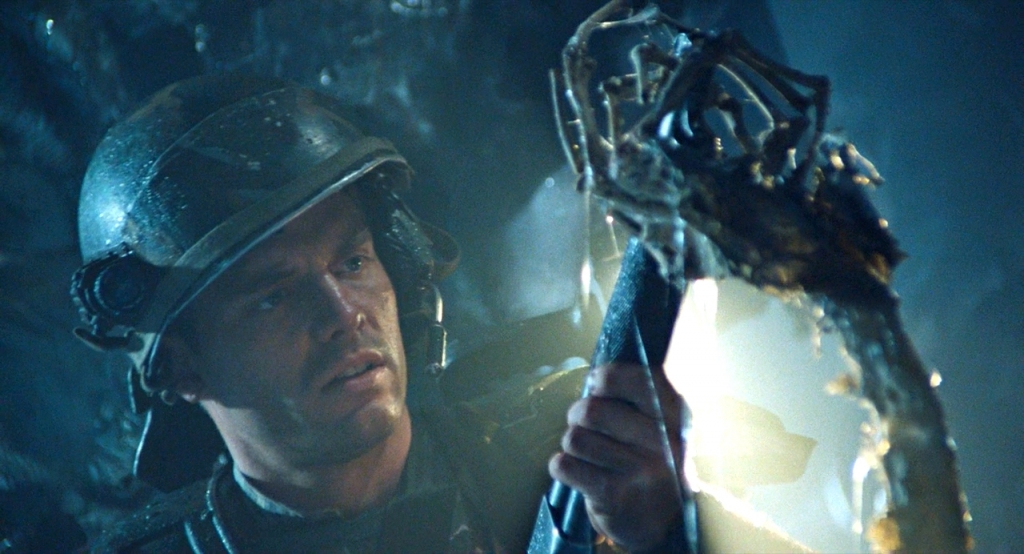
This is the version writer/director James Cameron prefers us all to watch, and for good reason. While it doesn’t seem like a huge change when comparing running times, the extra 17 minutes in the Special Edition are EVERYTHING.
The longer running time is almost entirely devoted to fleshing out the first act. The movie takes its time to get going, gorgeously rebuilding Ripley’s character from the inside out. We discover that Ripley was a mother to a daughter (now deceased) and we see, in detail, the effects of her PSTD, causing a very real, very grounded reason for her hesitation to head back to LV-426.
Covering this psychological real estate adds much value to the set up giving the audience, not just an exciting payoff but an emotional one as well, especially in the film’s relentless last hour.
The scares are so much scarier, the action so much more intense, and the finale so much more satisfying.
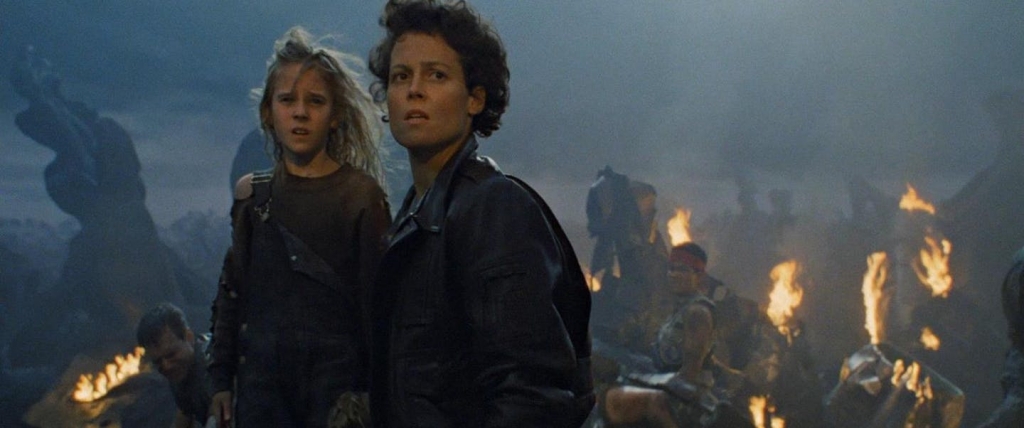
Aliens is the perfect sequel to a brilliant film.
It adds beautifully to Alien, building upon the mythology and upping the stakes at every turn. The cast is uniformly memorable, each given unique traits and characterizations. The effects hold up incredibly well, and the surefire direction from James Cameron is nearly flawless.
This juggernaut was, by all accounts, Cameron’s second feature film. and it would cement his name firmly into the history books as one of the most innovative, technically astute, audience-friendly auteurs of all time.
ALIEN 3 (1982, DIR. DAVID FINCHER)

A tribute by Jerry Smith
I have been in love with movies longer than I have loved my parents. My first memories aren’t those of birthday parties and picnics. Instead, my first memory is going to the theater with my brother to see E.T. when it was re-released in 1985. I didn’t care about sports, making out, or breakdancing. I just wanted to watch movies 24/7. Throughout my life, if I thought of my ten most beloved memories and experiences, at least half would be sitting down with a Coke and popcorn, alone and watching a movie on the big screen.
In a time before the Columbine school shooting, carding kids to get into movies wasn’t strictly enforced, allowing underage cinephiles like myself the chance to see whatever we wanted. And in May of 1992, there was nothing I wanted to see more than Alien 3.
Already a massive fan of both Ridley Scott’s Alien and the James Cameron-helmed Aliens, I spent the first four months of the year waiting impatiently to experience another chapter in this epic saga.
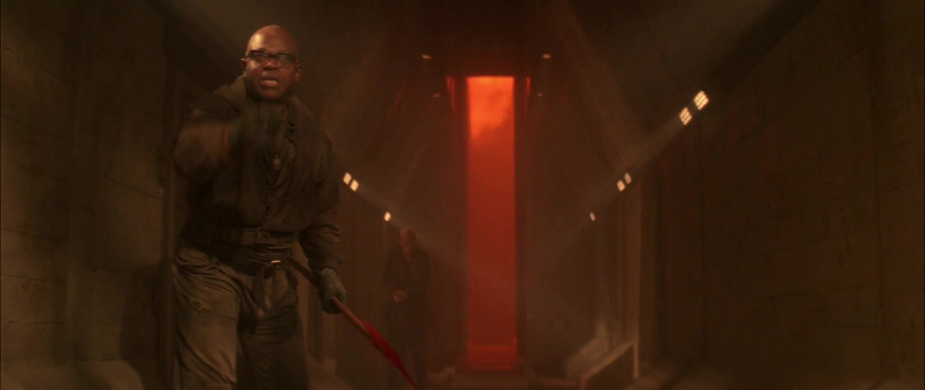
By the time the David Fincher classic (yeah, I fucking said it) landed in theaters, I was already knee-deep in my fandom for the series — the film, like its predecessor Aliens, had already been turned into an arcade shooter, and I’d already devoured the great Dark Horse Comics series revolving around the characters and aliens I loved.
Seeing Alien 3 play out in front of me, I was lost in another world, a cold and industrial one. It was so different than what had come before it. It challenged EVERYthing we had seen before in the franchise. And though I loved Col. Hicks more than I loved my dad, even at 11, I wasn’t bothered that Alien 3’s story dared to kill off two beloved characters right away — or even that it killed off its protagonist during its climax.
There’s something cynical but also uplifting about Alien 3.

The dark aesthetic feels cold and hopeless, but there’s something special about the unity found within that — facing overwhelming odds and knowing you probably won’t make it out alive, but doing what you can to destroy the problem in front of you. I felt emotional seeing the film. I even laughed during many of the kills, due to how brilliant they felt.
I felt so sad watching it as well, knowing that it would end too soon, and I’d have to go home and feel alone and depressed again. At that moment, I realized how much movies meant to me.
Films act as therapy to so many of us, and while there are a LOT of people who scoff at what Fincher did with the third film, I will forever be thankful for Alien 3. It took a scared and helpless 11-year-old and made him feel like things would be ok for 114 minutes of his life. It helped him live through monsters and pain long enough to cope with everything going on around him. God, I love movies.
ALIEN RESURRECTION (1997, DIR. JEAN-PIERRE JEUNET)
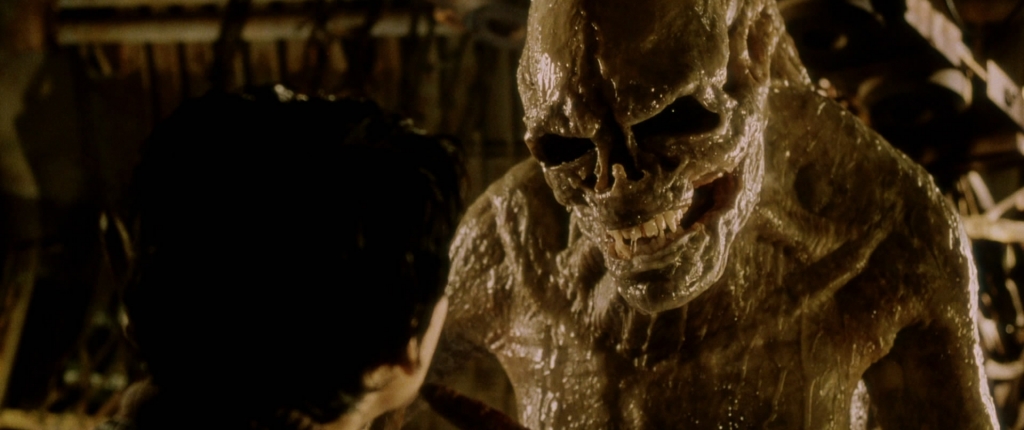
A tribute by Kelly Gredner, Spinsters of Horror
Jean-Pierre Jeunet’s Alien: Resurrection is the black sheep of the original four Alien movies. It isn’t well-liked for many different reasons. I personally have always liked it, and I’ve appreciated revisiting it in recent years with more of a feminist lens, which I developed by exploring academic work on the horror genre.
The film was released in 1997 and written by an absolute favorite director and writer of mine, Joss Whedon. Although Whedon was not a fan of the execution of his script — or the end result — some think this project was a trial run for the creation of his much-loved (but short-lived) space-western series Firefly, among other projects. The cast is epic: Sigourney Weaver, Winona Ryder, Brad Dourif, Ron Perlman, Michael Wincott, and Dan Hedaya. Weaver was actually a co-producer on this installment of the series, as well as Alien 3 (1992).
Alien: Resurrection takes place 200 years after Ripley offed herself to save humanity, and her own life, from control by the Xenomorphs and the nefarious Weyland-Yutani conglomerate. Scientists working with a new company called United Systems Military have cloned her — along with the Alien Queen she had inside of her — and are experimenting with DNA splicing in order to study the Xenomorphs. This all takes place on the spaceship USM Auriga. When a rag-tag group of mercenaries hired by the company to do some of their dirty work arrives on the ship with the intention to stay the night, the Xenomorphs cleverly escape their cages and all hell breaks loose. Obviously.
The resurrected Ripley displays a new sense of strength, cleverness, and sexuality, but also a level of apathy and seeming detachment.
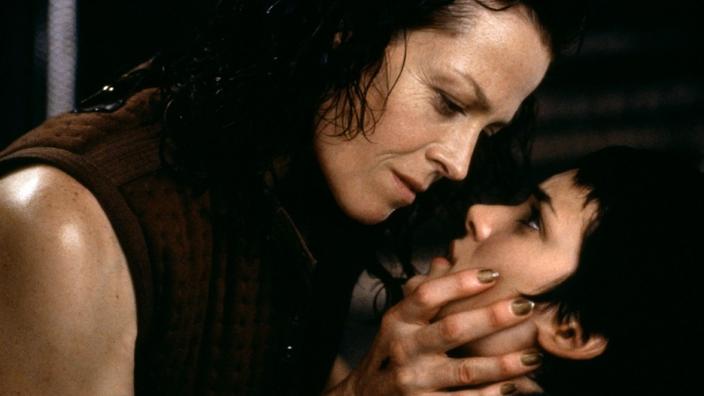
The audience is left to wonder where these changes stem from. Is it the alien DNA? Is it the fact that she is alive again and will witness humans retracing their steps and failing to learn from their mistakes?
The Ripley of Alien: Resurrection is a major departure from the Ripley from the last three films. It’s amazing to see her tell the scientists of United Military Systems, regarding the Alien Queen, that “she’ll breed, you’ll die.” She is, of course, right. Everyone dies, and it’s almost another “fuck you” to the oppressive, patriarchal system that she has been fighting against for hundreds of years.
Alien: Resurrection contains an incredibly powerful scene where Ripley finds a lab filled with all the previous clones that didn’t quite work. One is still alive, hooked up to machines and tubes; she heartbreakingly asks Ripley to kill her. Ripley is visibly shaken by this and sets fire to it all.
Though I would have personally preferred to see the series end with that beautiful sacrificial death in Alien 3, I think Alien: Resurrection is a great addition to the series.
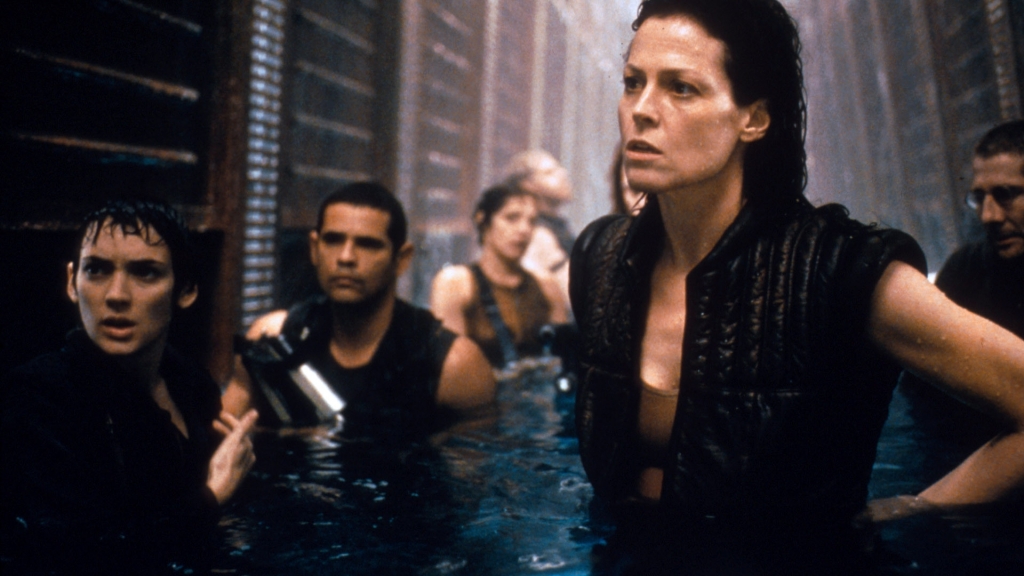
The Xenomorphs are mostly practical effects and still scary as hell. It’s action-packed, though not as strong of a movie as Aliens. However, it’s a lot of fun with some incredibly poignant themes and moments. It’s also well acted by an amazing cast. I must admit to finding the editing to be a bit bland and anti-climactic, though that might just be because I found the ending of Alien 3 to be so intensely moving. It was a tough act to follow.
If you haven’t seen or re-watched Alien: Resurrection in a while, I think it’s time to change that. Ripley’s journey is an incredibly fascinating and moving one, especially re-watching the series currently in my life as a 35-year-old woman. I always knew what a bad ass she was, but I now love her and this film series even more.
(Editor’s Note: This article first appeared on https://www.spinstersofhorror.com/ and has been edited with permission for inclusion on this site.)
PROMETHEUS (2012, DIR. RIDLEY SCOTT)

A tribute by Jamie Marino
Thinking. Searching. Yearning. Learning. Penetrating. Dreaming. Living. Hoping. Floating. Traveling. Endeavoring. Growing. Breathing.
These are just a few of the words that come to mind when I watch Prometheus. It’s a film about discovery and the folly of taking it further than we should. It isn’t about Xenomorphs, and I’m not sorry to say that. There is so much to experience and so many questions you can ask yourself when you watch Prometheus. It is one of the most daringly real yet phantasmagoric science-fiction films I have ever seen.
Like many people, I didn’t know precisely what to make of it when it came out. But I did know it was unlike anything I’d ever seen before, and not completely understanding it was no reason for abandoning it. So I bided my time, and eventually a special edition 3D Blu-ray was released with a 4-hour documentary called The Furious Gods. Many reviewers said that anyone who was on the fence about Prometheus would find a much greater appreciation for it after seeing the documentary, and they were absolutely right.
One of the keys to enjoying Prometheus is an interest in Darwin and theology.
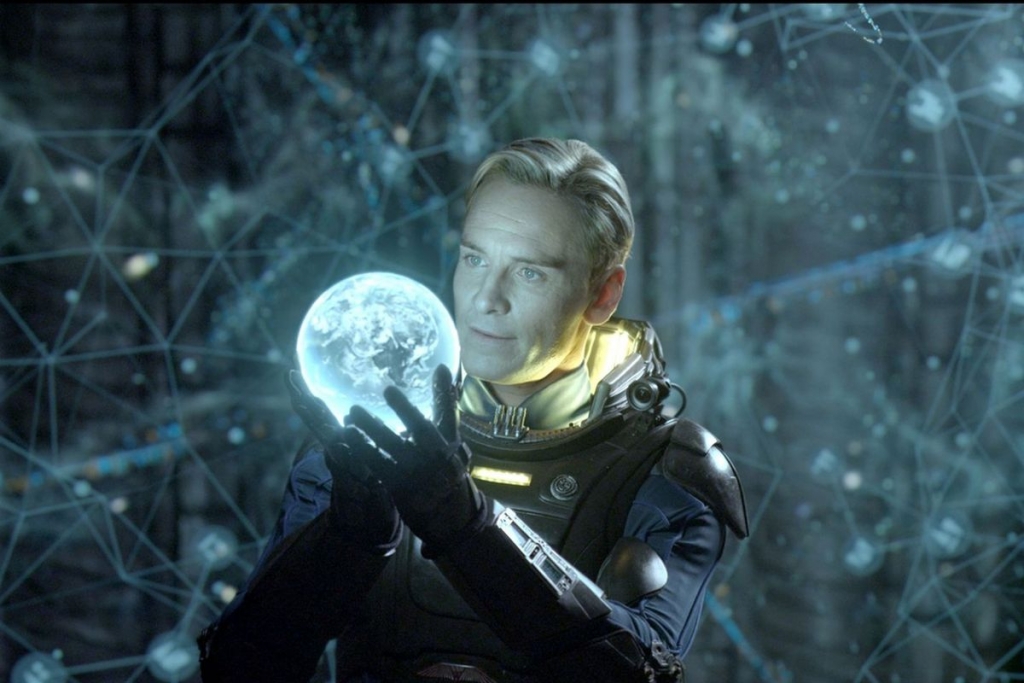
Don’t get me wrong, I am not in any way saying if you don’t like Prometheus you are just too stupid to understand it. I myself only claim to understand maybe 70% of it. Admittedly, it is an odd conversion to go from the early atmospheric creature features of the franchise to heady (though gruesome) adventure epics.
Prometheus is a work of criminally under-appreciated, meditative genius. Perhaps audiences wanted something a little more direct. Indeed, the film focuses more on where we come from, not where the Xenomorphs come from.
And from there, no definitive answer is given. But in the world of science/speculative fiction, the answers to the unanswerable can literally be anything.
The next film in the series, Alien: Covenant, dives deeper into possible solutions to the puzzles of humanity and the Xenomorph pathogen.
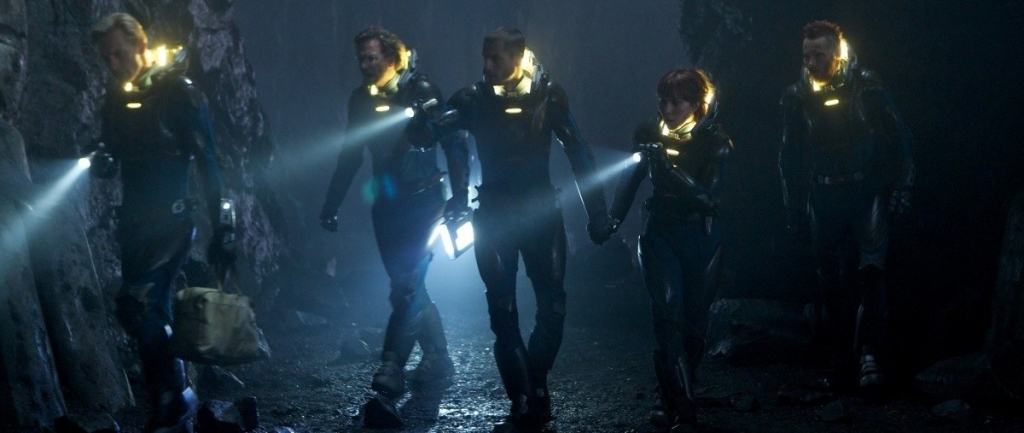
Not only are we given more cosmic curiosities to munch on, but we also get yet another Frankenstein-ian genre format, something akin to a bastardization of the slasher film mixed with the ominous ambiance of Prometheus.
Incidentally, many of the great set pieces and effects in the film were practical, and not CGI. Shaw’s robotic C-section was done with fully practical effects, and the appearance of the Engineers was also a result of prosthetics. They were not digitally animated characters. And the xenomorph birth at the end was also practical. It was a very slimy, bloody, and complex little puppet. That impresses me because the first time I saw it I thought all three of those elements were completely CGI.
Please give this extraordinary, moving, nightmarish, and thought-provoking film another chance. It deserves another look, and perhaps even its own eventual resurrection.
ALIEN: COVENANT (2017, DIR. RIDLEY SCOTT)
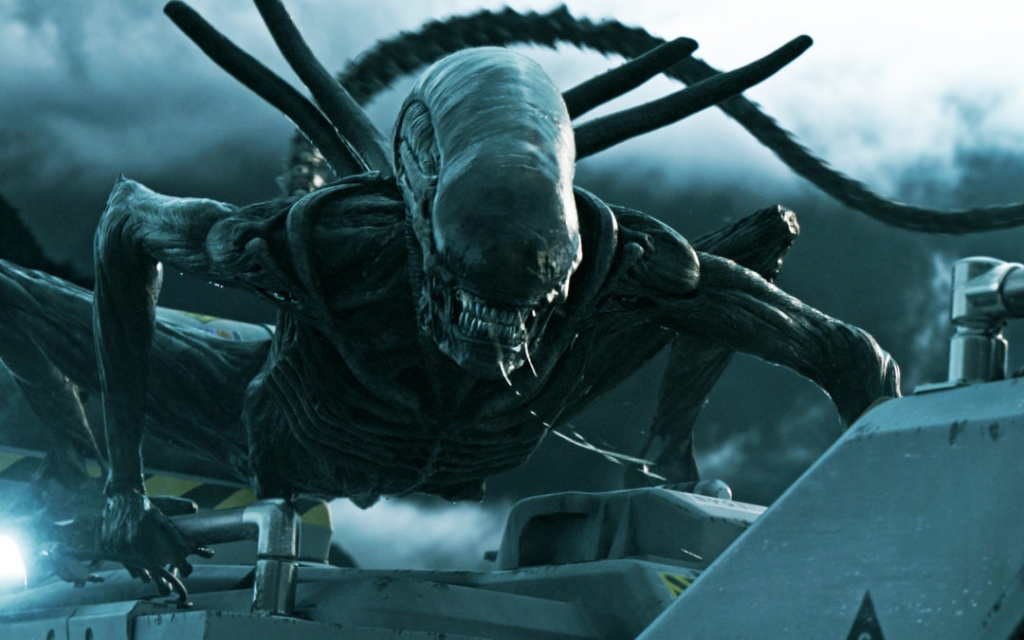
A tribute by Jamie Marino
What is it with Alien: Covenant, and why does it seem like a patchwork of at least three different genres sewn together?
It starts off much more ominously than Prometheus with a callback to the musical theme of the original film. Then it introduces us to the familiar (and thoroughly entertaining as long as the chemistry is right) sci-fi trope of a mixed group of people on a space mission. Laughter, a relaxed atmosphere, and a pilot wearing a hat (cowboy or baseball) are a few musts the mixture requires. The mood is destroyed quickly, though, as a space anomaly causes the deaths of the captain and a few dozen hyper-sleeping colonists.
Their overall mission is to set into motion the first-ever off-planet colony of human beings. After the accident, the crew encounters a signal of unknown origin. The source turns out to be a planet that is very similar to Earth.
At that point, the space-epic portion of the film ends, and we suddenly find ourselves in a jungle/forest exploration adventure similar to an Indiana Jones film, but with the occasional patented Ridley Scott smoky-dream weirdness. Soon the film drifts into an existential body-horror narrative. Then in the final twenty minutes, it completely changes direction and becomes a straight-up schlocky stalk-and-slash horror movie.
Just like in Prometheus, the central question is “where did we/the Xenomorphs come from?”
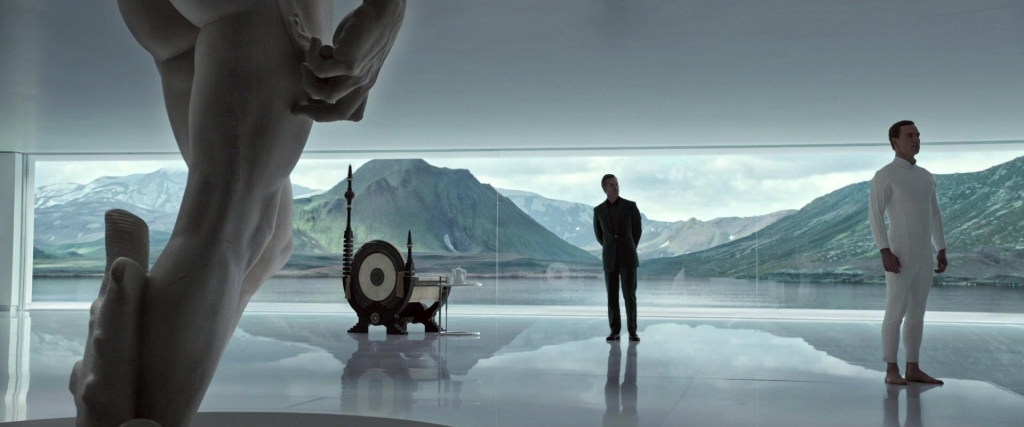
As far as I can tell, this is what Alien: Covenant is partially “about”:
David (Michael Fassbender again), the synthetic android from Prometheus, was a faulty model prone to developing dangerous human emotions. He decides because he will “live” longer than the humans who created him, they are inferior and should die. He takes that conclusion a step further and ventures to the homeworld of the Engineers. Using their own Xenomorph pathogen, he destroys their entire race, isolating himself and continuing to experiment with the Xenomorph. Unfortunately for the crew of the Covenant, the missing piece is human DNA.
It’s an incredibly convoluted tale, which isn’t necessarily meant as a criticism. I think the schizophrenic storytelling makes it endearing and unpredictable.
And, hooray for horror fans, Alien: Covenant is by far the goriest of the franchise.
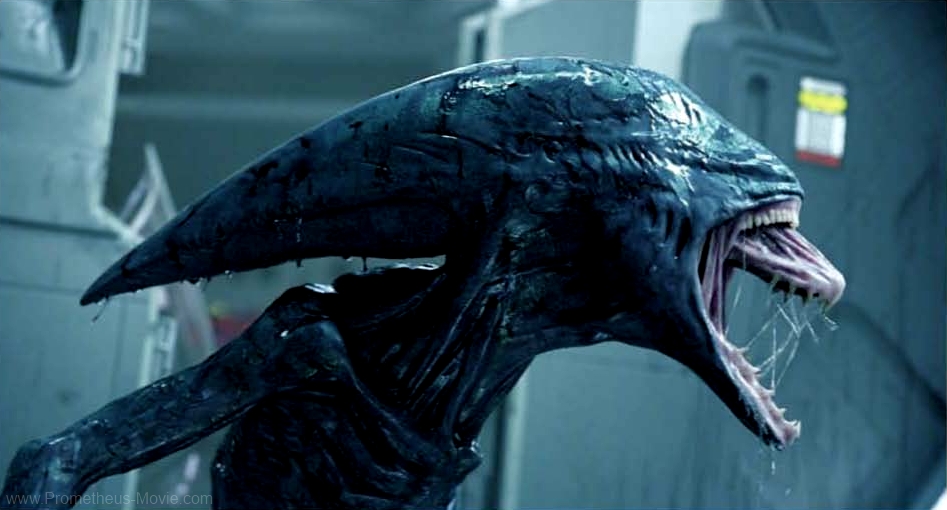
Prepare for spine snapping, jaw ripping, chest-bursting, mouth-bursting, burning alive, flesh melting, heads being chewed off, heads impaled with Xenomorph tongues, necks being chewed off, and the essential hottie-in-the-shower-kill.
We are even introduced to Xenomorph POV during its final rampage.
Alien: Covenant goes from space adventure to philosophical body horror, to 80s b-horror. I can’t get enough of it. Invest a little thought and imagination into it, and come up with your own conclusions regarding what David and the Engineers are really up to. It is high time for a critical re-assessment of Prometheus and Alien: Covenant.
…
PART TWO: A DEEPER DIVE
In part two, we dig deeper into the mythology and themes present throughout the franchise — leaving no stone unturned as we explore topics of sexuality and gender, death and resurrection, and reproductive rights. We also pay tribute to everyone’s favorite film feline, Jonesy, embrace the insanity of the Alien vs Predator crossover, and review the world of Alien-inspired literature.
…


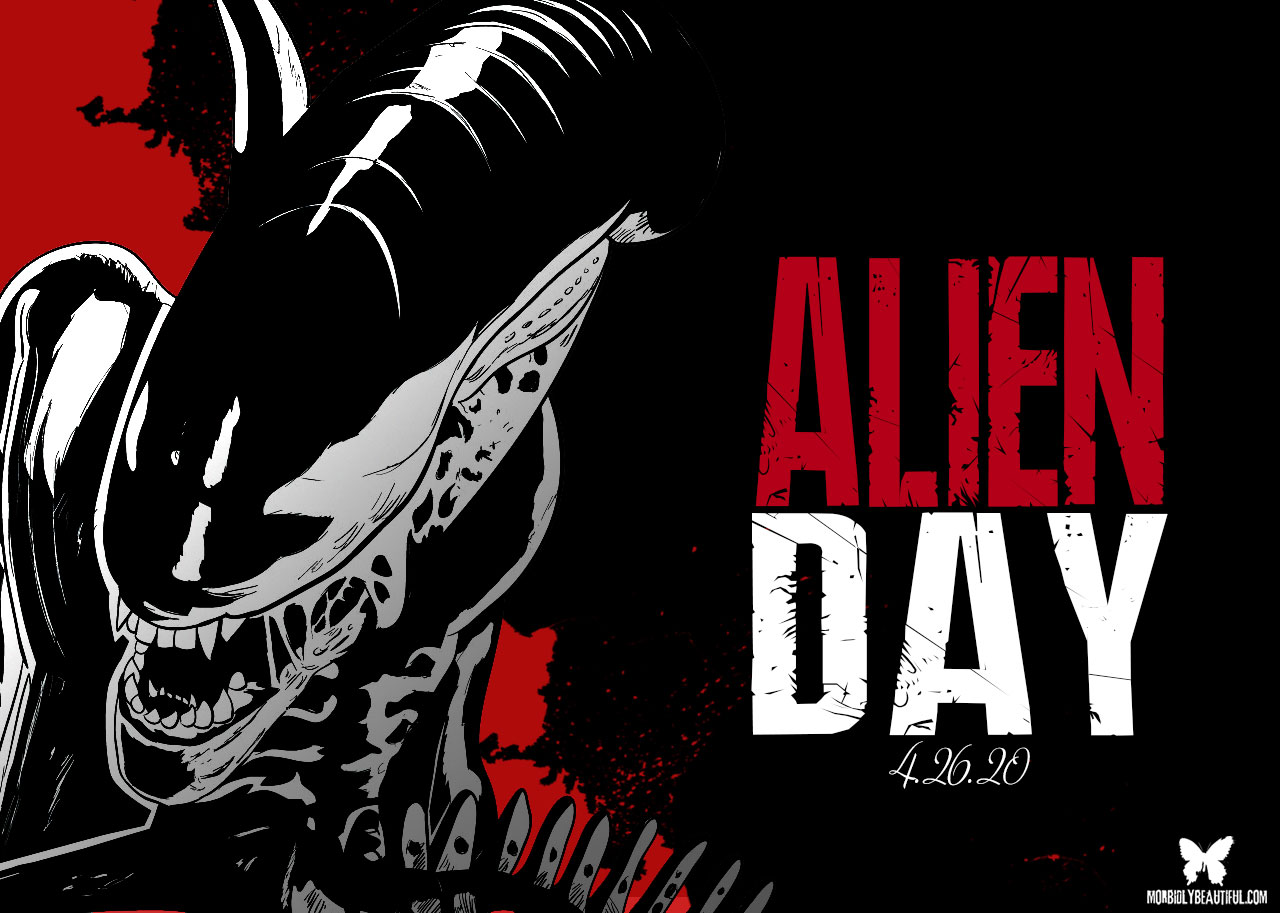

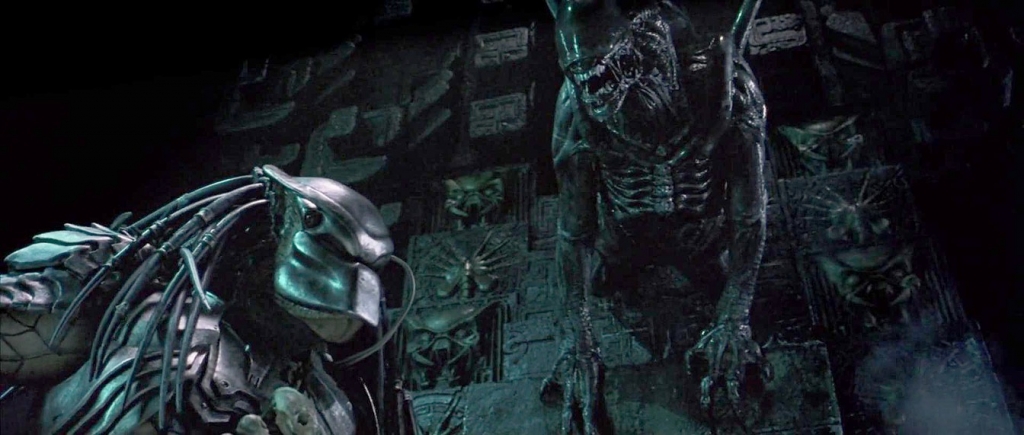
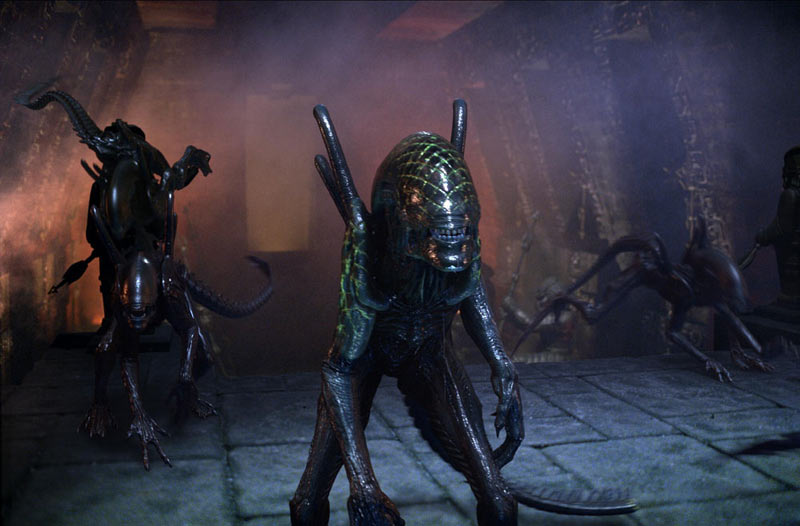
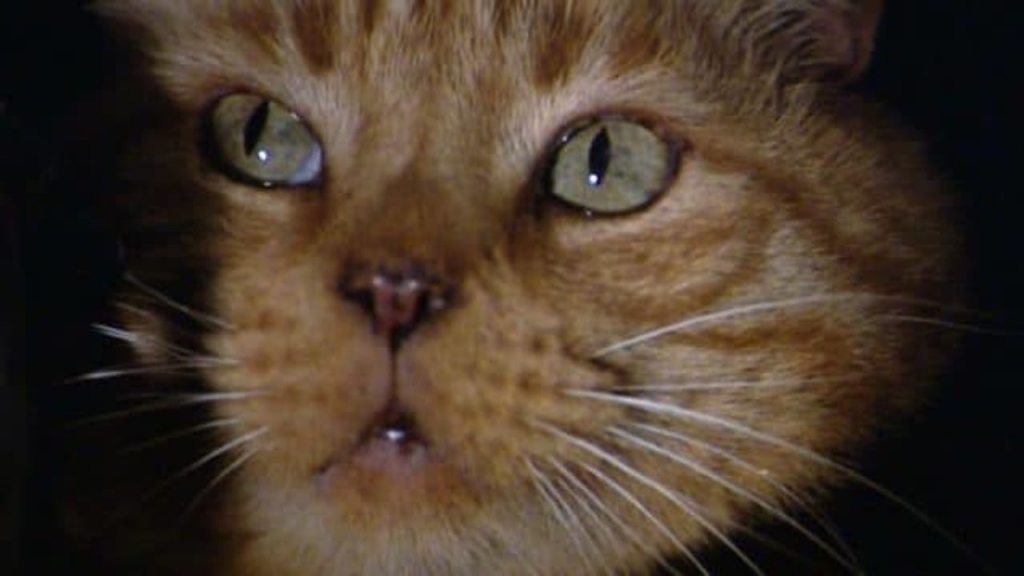
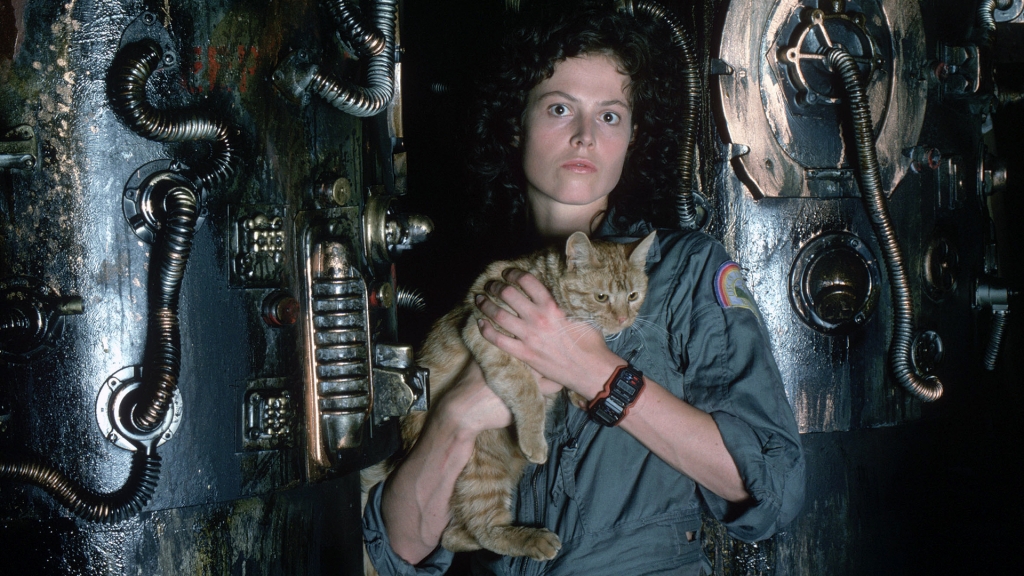
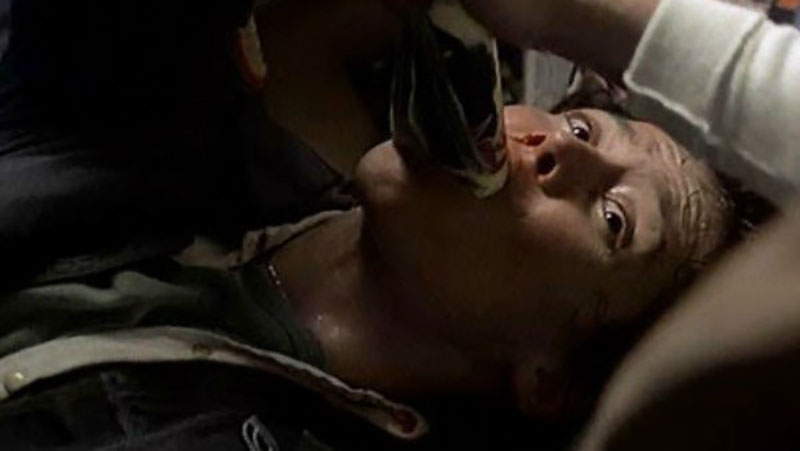
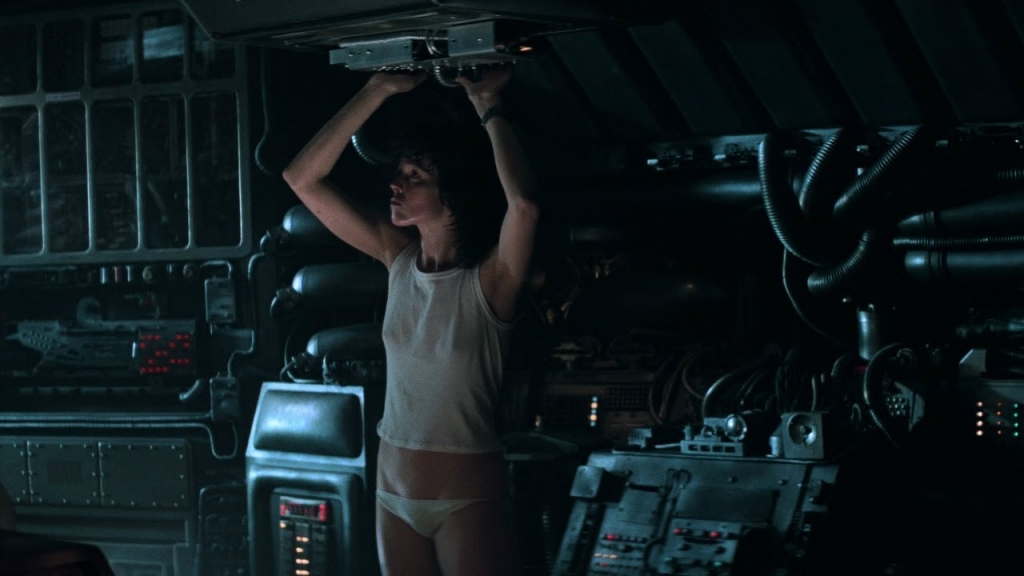
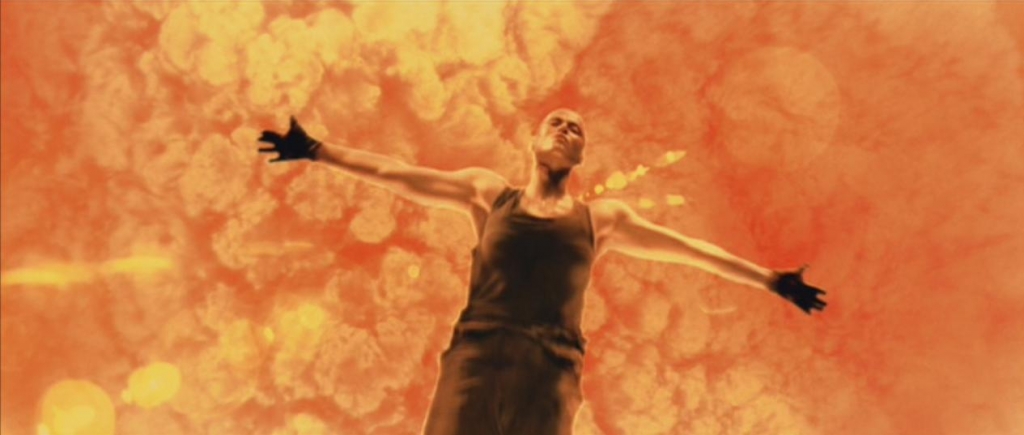
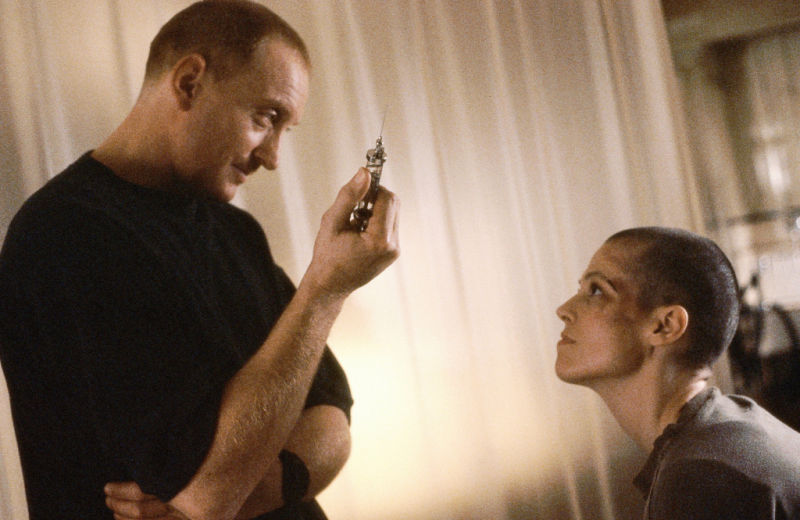
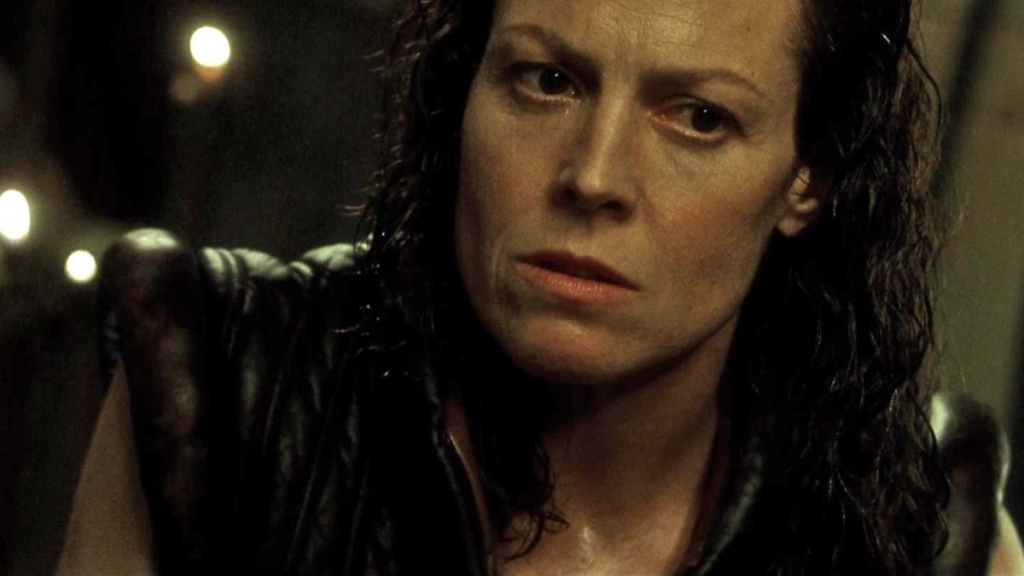
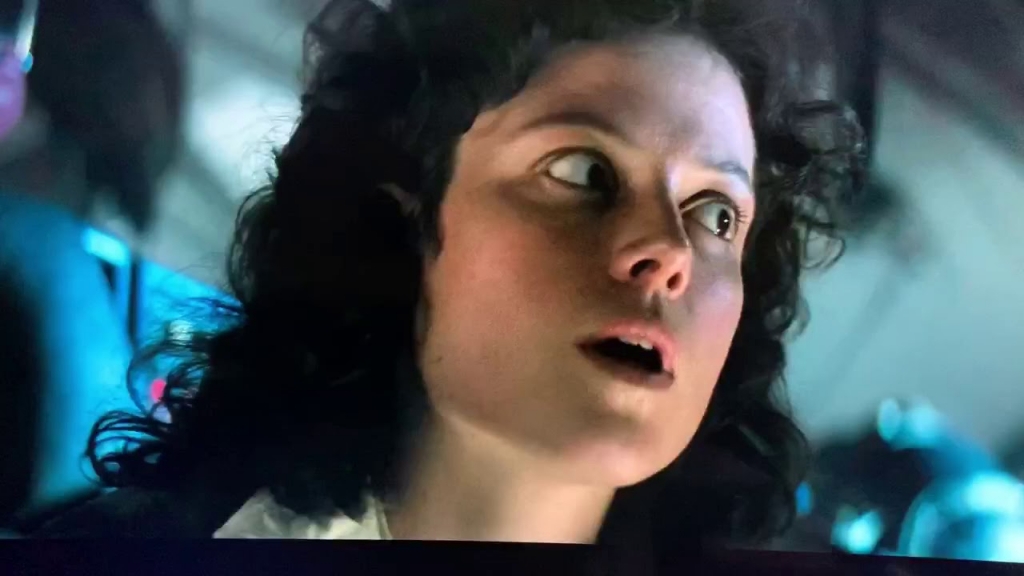
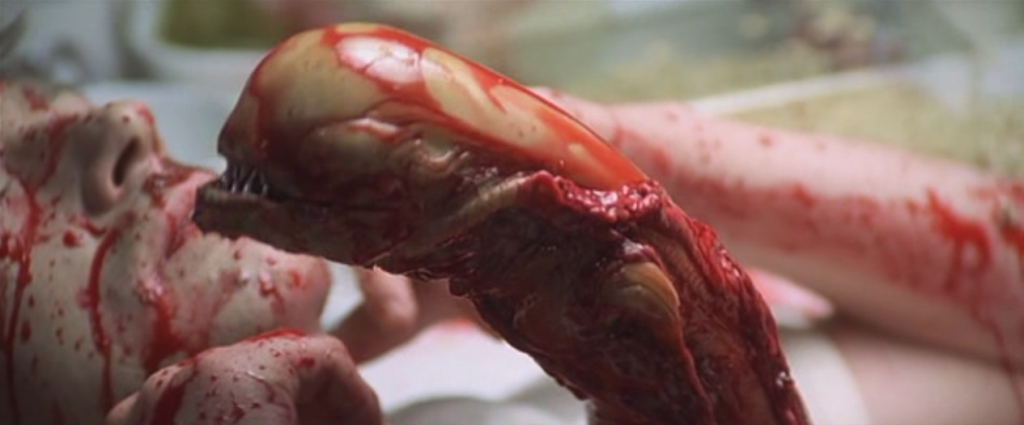
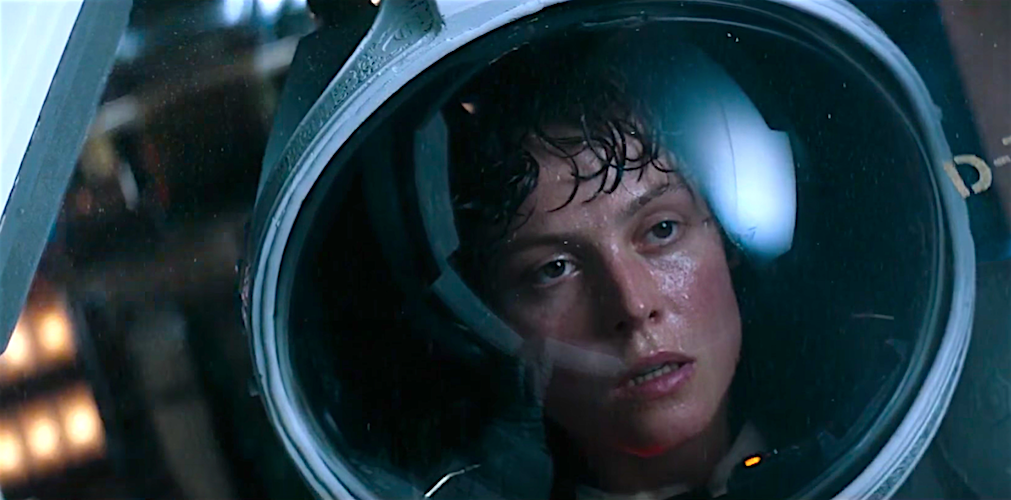
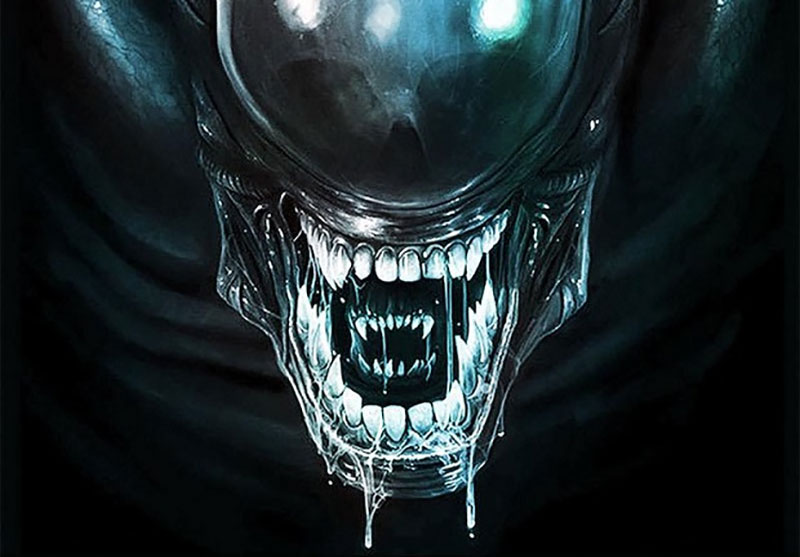
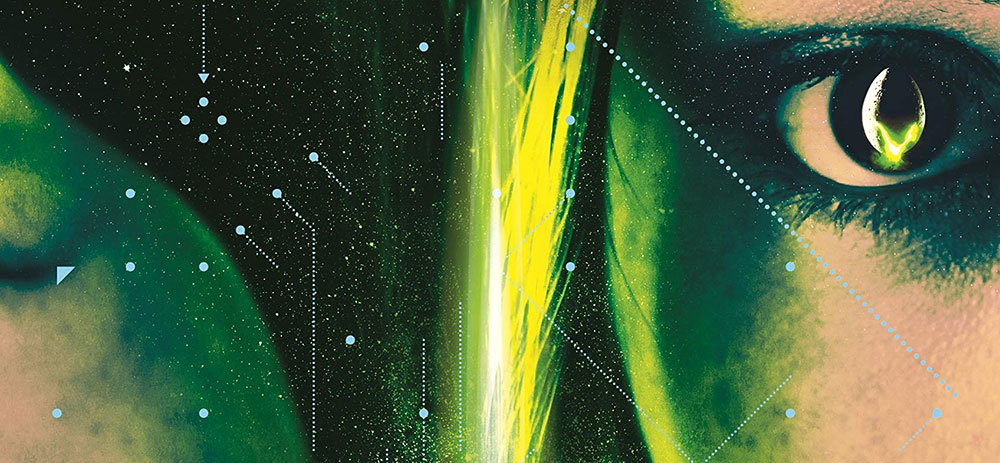

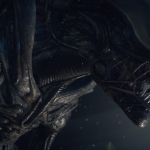

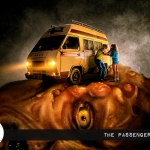


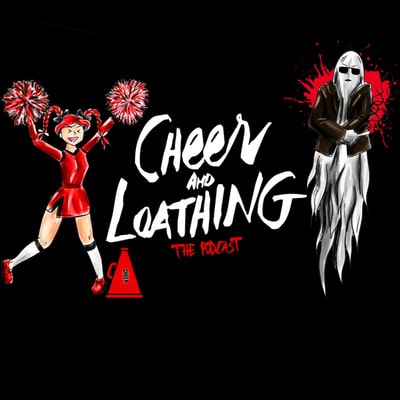
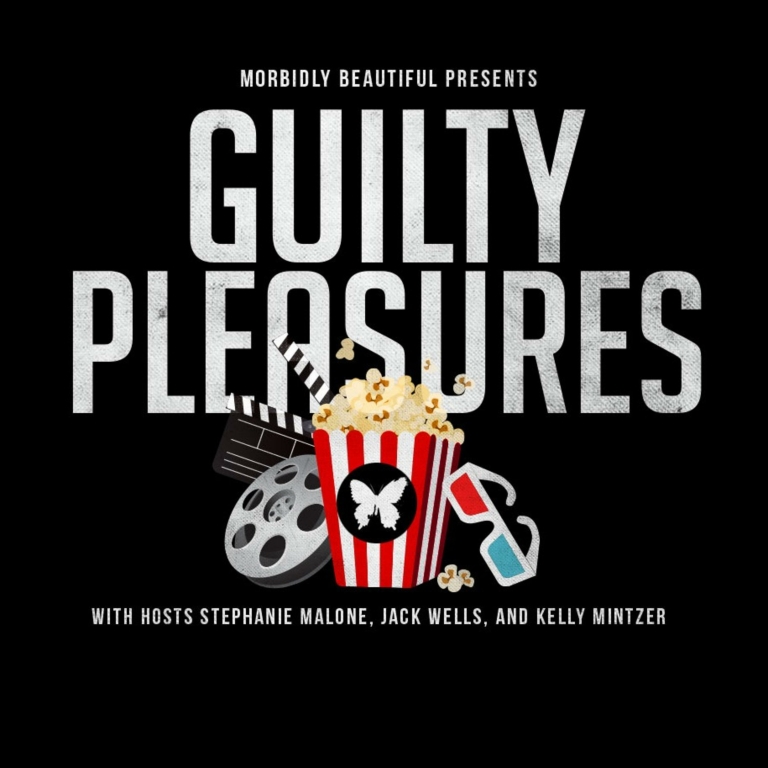





Follow Us!